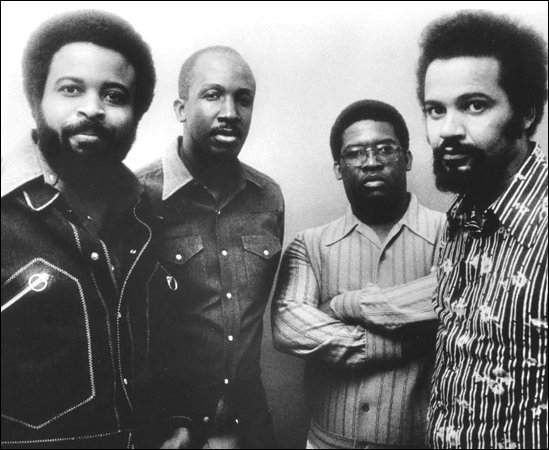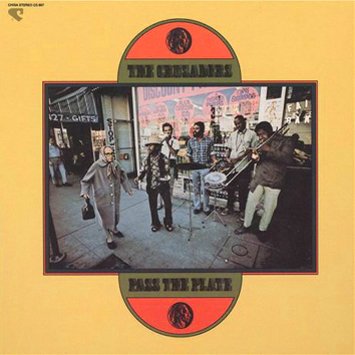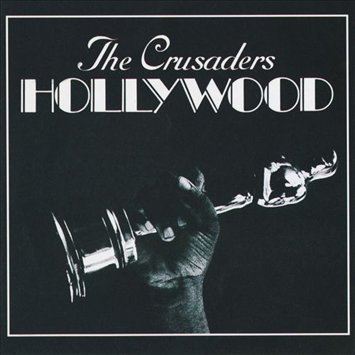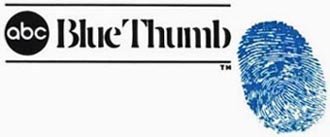Jazz-funk: “That’s How I Feel”
The Crusaders: Wilton Felder (tenor sax), Wayne Henderson (trombone), Larry Carlton, Arthur Adams and David T. Walker (electric guitar), Joe Sample (keyboards), Chuck Rainey (electric bass) and Stix Hooper (drums, percussion). From the album Crusaders 1 (1972).
The Crusaders was a famous jazz-funk band in the 1970s. In 1954 pianist Joe Sample met with his high school classmates from Houston, his hometown, tenor saxophonist Wilton Felder and drummer Stix Hooper to found the Swingsters. Then came flutist Hubert Laws, trombonist Wayne Henderson and double bassist Henry Wilson, and the resulting line-up was called The Modern Jazz Sextet. In 1956 they recorded a hard bop album with the same name and two singles as The Nite Hawks. In 1960, Felder, Henderson, Sander and Hooper moved to Los Angeles, and formed The Jazz Crusaders with the double bassist often changing.

Album cover
In 1961 they were hired by the Pacific Jazz label and recorded albums of hard bop mixed with gospel, rhythm and blues and Memphis soul until 1969. Their main feature was the first line of saxophone and trombone, and they were very popular during those years, especially on the West Coast, being both funky and swinging, accessible and creative, and traditional and modern. Their albums Lookin ‘Ahead (1962), Tough Talk (1963), Chile Con Soul (1965), Live at the Lighthouse ‘66 (1966), Talk That Talk (1967), Uh Huh (1967) and Lighthouse ‘68 (1968) were the best. However, in 1971 all musicians had their own projects and decided to shorten the name of the group to The Crusaders so that it wouldn’t be limited only to jazz.

From left to right: Stix Hooper, Wilton Felder,
Wayne Henderson and Joe Sample
From then on they performed jazz-funk including Larry Carlton’s electric guitar and Robert “Pops” Popwell’s electric bass. Afterwards they signed with Chisa Records, released their first album Pass the Plate (1971), got into crossover music and began appearing on the Billboard‘s magazine charts. Crossover consists in the elaboration of compositions or arrangements with elements of two or more musical styles to attract the interest of several audiences appearing in different genres lists. In 1972 they recorded Hollywood for the Hollywood label and then switched to Blue Thumb Records, with whom they remained until 1978.

Pass the Plate cover

Hollywood cover

jazz
classical-music
musicforlife
curie
hivesicians
hivemusic
soundmusic
dailymusic
proofofbrain
palnet
0
0
0.000


Your post has been supported and upvoted from the Classical Music community (Subscribe at peakd) as it appears to be of interest to our community. We also support jazz and folk music posts!
If you enjoy our support of the #classical-music community, please consider a small upvote to help grow the support account!
You can find details about us below.
The classical music community at #classical-music, Peakd and Discord. Follow our community accounts @classical-music and @classical-radio or follow our curation trail (classical-radio) at Hive Vote!